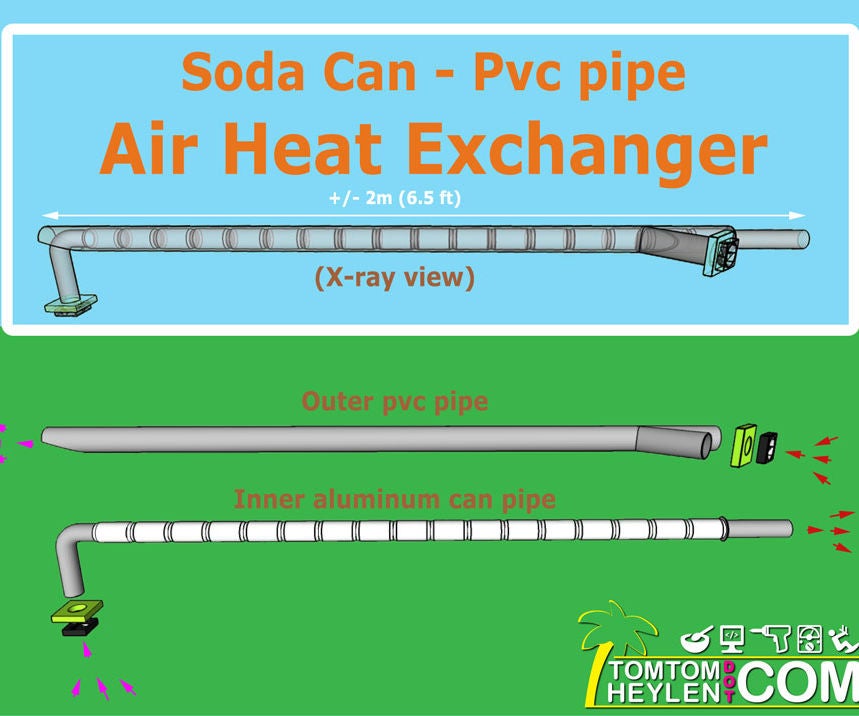I'm sorry, but just telling anyone to buy a heater is bad advice from now on. According to many people on the internet, and here on this very site, global warming is destroying the planet. Using heaters to grow cannabis contributes to the overall carbon footprint, yadda yadda.
As Greta would say.. "how dare you!".
Heat recovery ventilation HRV/ERV made from soda pop cans or sheets of coroplast, DIY black spray painted beer can solar concentraters, homemade sterling hot air engine generators (using gas instead of air with sealed pressure vessel) placed in the focal point of a mylar coated parabolic dish w/ sun tracking device that only uses 2% of the power it makes to track the sun every day, right on the roof of your house & feeding the charge controller going to the bank of hemp ion composite batteries, which are are hooked up to the dedicated sub panel to your grow, all made from garbage or unwanted appliances. Hydro turbines made from free smart drive washing machines off the marketplace. Things like geo thermal radiant floor systems that are plumbed to large insulated tanks that hold onto heat, mass underground heat storage batteries, state of the art greenhouses, flip flopping with advanced environmental controls + motorized damper ducting systems to conserve energy, sending heat from green house to grow room and back each night, building most of your gear out of trash instead of forking out for new commercial stuff that produces even more carbon and co2 in the process, etc, etc.. that is the only kinds of things I will be advising from here on out.
JK.. Greta can eat my shorts.
Those cute little radiator heaters 4-600 watts do work pretty good.

